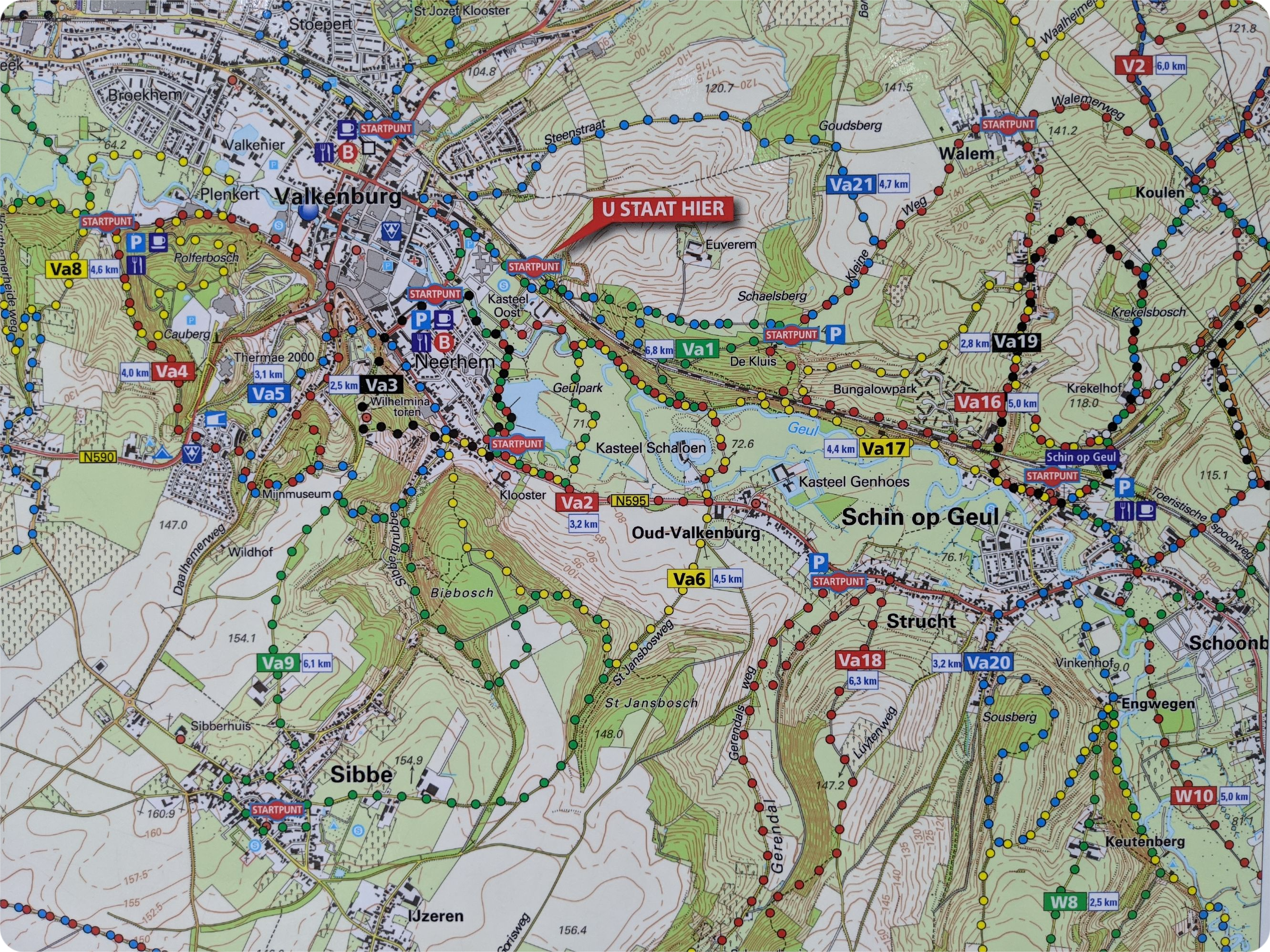Finding Your Trail

When hiking, the first step is to find your trail. There are many things to consider to find your trail. Let's take a look at some of those items:
- Mountains, hills, or flat terrain. The first thing to do is think about what scenery you like. Do you want to go into the mountains, the Alps, for example? Or do you prefer a more easy landscape with less climbing? Do you want to walk in the forest or do you like to have great views?
- Weather. Do you like to hike in a cold climate? Are you okay with the possibility of a lot of rain? Or do you prefer a dry climate with possible high temperatures? I myself prepare for cold weather. Above 20 C, it quickly becomes too warm for me. Therefore, I will not often hike in Southern Europe.
- Remoteness. How many people would you like to meet during your hike? Do you want to experience remoteness, or do you prefer to hike close to or in an urban area? You will probably meet many other people on trails like the West Highland Way and the Camino in Spain. A trail like the Hebridean Trail will be much more remote.
- Distance/stages. How many kilometers can you walk, or do you want to walk? And how many stages? Are you okay with walking 40 kilometers a day with a rucksack? Are you comfortable walking fourteen stages, maybe without a rest day? This is also related to the previous items. When you walk in the mountains during a season with a lot of rain and are very remote, you will probably walk fewer kilometers compared to a hike in an urban area during the dry spring season.
- Experience. How experienced are you? Based on your experience, you might like to start with a small trail, with the option to sleep in hotels or pitch your tent at camping sites. If you have already done many hikes, you can make it more challenging/adventurous and go for longer hikes and wild camping.
These are just a few of the things to consider when finding your trail. The following sites can be a great help.
- https://hiking-trails.com/ offers many hikes in different countries. You can filter by difficulty, type, etc., and find valuable information for every hike.
- https://www.wikiloc.com/ has many hikes, both long and short. You can search by distance, start, circular, etc. They also have a Garmin app. There are more sites like this, but I use Wikiloc.
- https://www.longdistancepaths.eu/en/ If you are interested in long hikes in Europe, this is a great site where you can find information on the different trails.
How does this relate to your role as manager and leader?
An organization needs to have a purpose, a goal. I don't believe a good purpose is to grow and make money to please shareholders. Nowadays, employees want to make a difference and help make the world a better place. Of course, or unfortunately, many people have a different view on what makes the world a better place.
The IKIGAI model can help you to check your purpose or goal.
IKIGAI isn't just a feel-good concept; it's a strategic tool deeply rooted in centuries of wisdom. It's a key that can unlock our organizations' full potential. When we understand and nurture our IKIGAI, we create an environment where employees are not just working but thriving. They're more productive, creative, and resilient in facing challenges.
IKIGAI is about finding that perfect intersection where:
- What you love - Your team's passions and interests
- What you're good at - Their unique skills and talents
- What the world needs - How their work contributes to the bigger picture
- What you can be paid for - Fair compensation that recognizes their value
When these elements align, magic happens. We tap into a wellspring of intrinsic motivation, and that translates into tangible results:
- Skyrocketing Engagement: Team members doing work that lights them up are naturally more present and invested.
- Accelerated Growth: Understanding the 'world needs' and 'can be paid for' aspects is crucial. It guides us toward strategic skill development, keeping our teams ahead of the curve.
- Unbreakable Teams: When we appreciate each other's IKIGAI, we understand each other better and build stronger connections, fostering a culture of collaboration and mutual support.
- Bottom-Line Impact: Engaged, fulfilled teams are more productive, innovative, and likely to stick around for the long haul. That means less turnover, higher-quality work, and, ultimately, a healthier bottom line.
Actionable Steps for You as Leader
- Lead by Example: Take some time to reflect on your own IKIGAI. What drives you? How does your work connect to your passions and values? Share your insights with your team to inspire them.
- Facilitate IKIGAI Conversations: Carve out dedicated time for team discussions about IKIGAI. These conversations are crucial in understanding what truly motivates and fulfills each team member. Create a safe space for open and honest discussions.
- Empower & Experiment: Give your team the autonomy to explore new ideas and approaches that align with their IKIGAI. Encourage them to take ownership of their projects and experiment with new working methods.
- Measure & Iterate: Track key performance indicators to gauge the impact of your IKIGAI initiatives. Gather feedback from your team and be willing to adapt your approach as needed.
IKIGAI is a tool that can help your organization to find the right trail!
Ready to ignite your organization's passion? Let's connect and discuss how we can implement IKIGAI within your department.